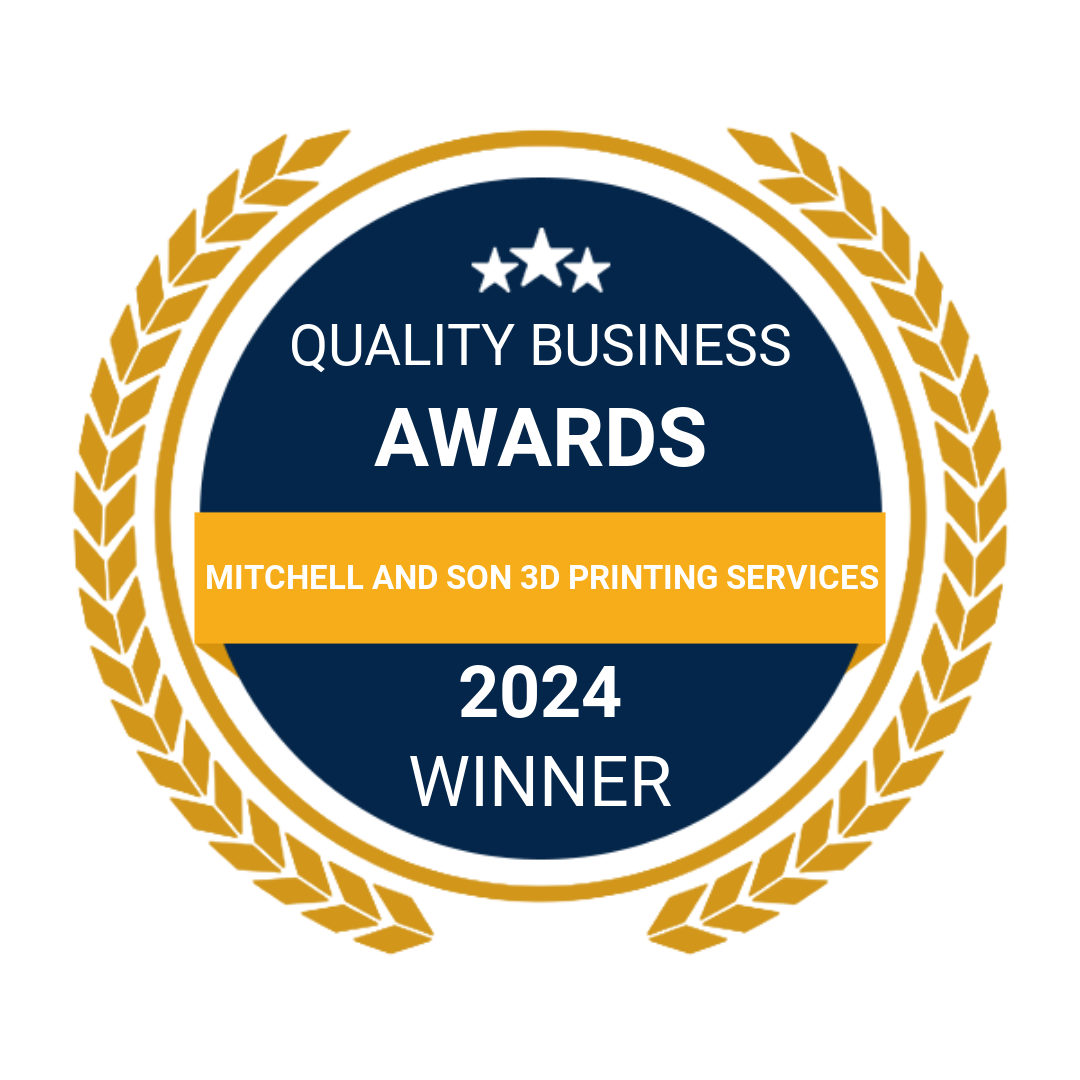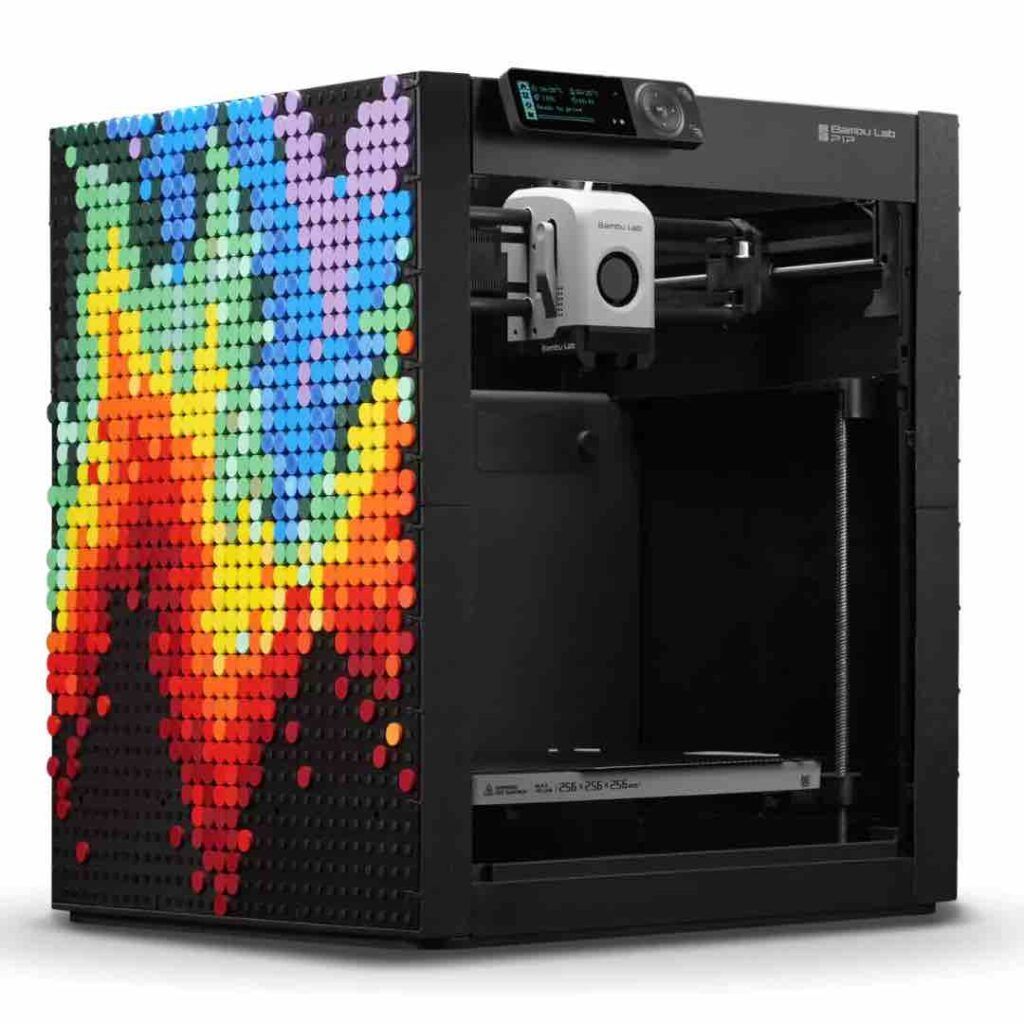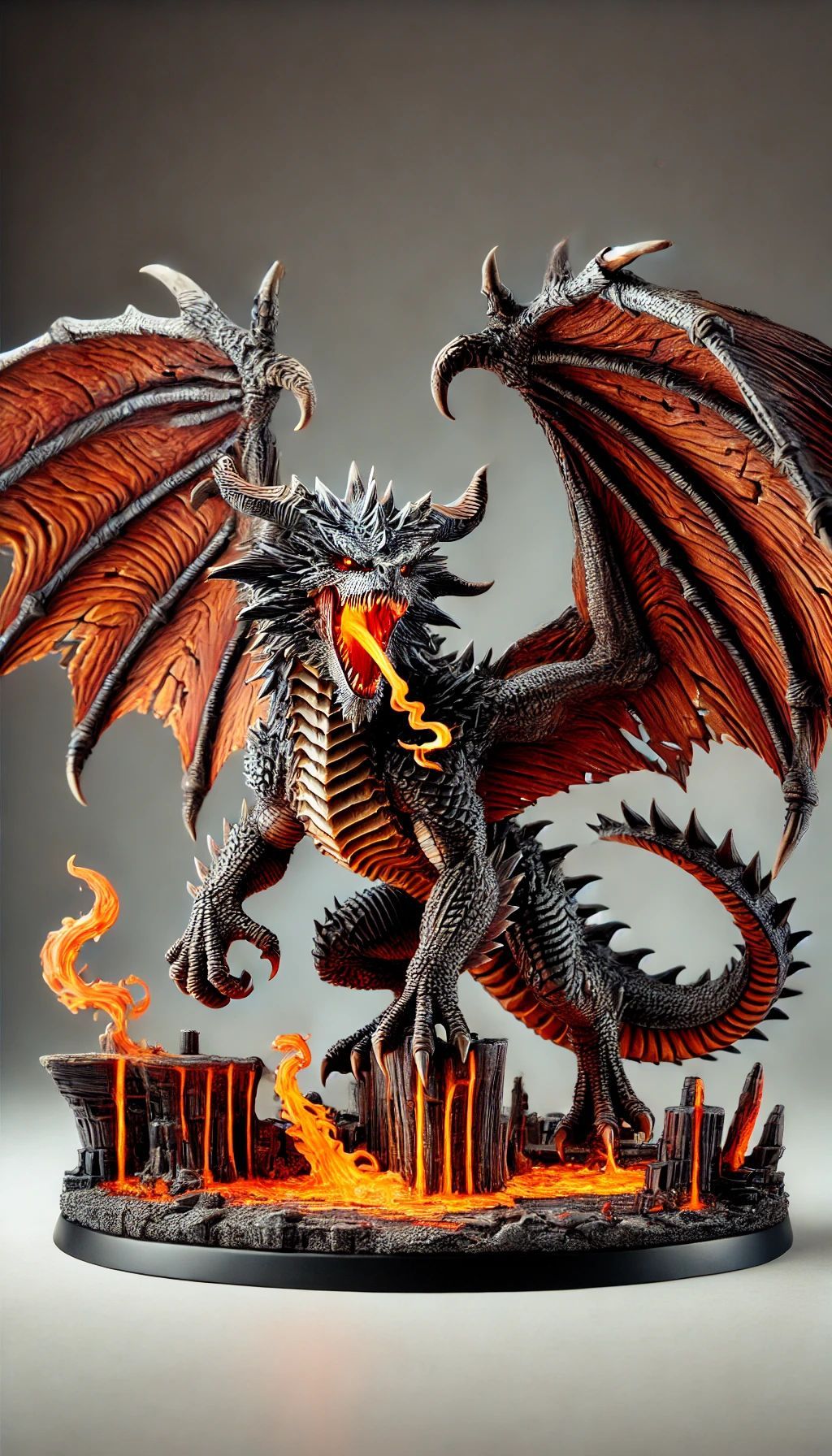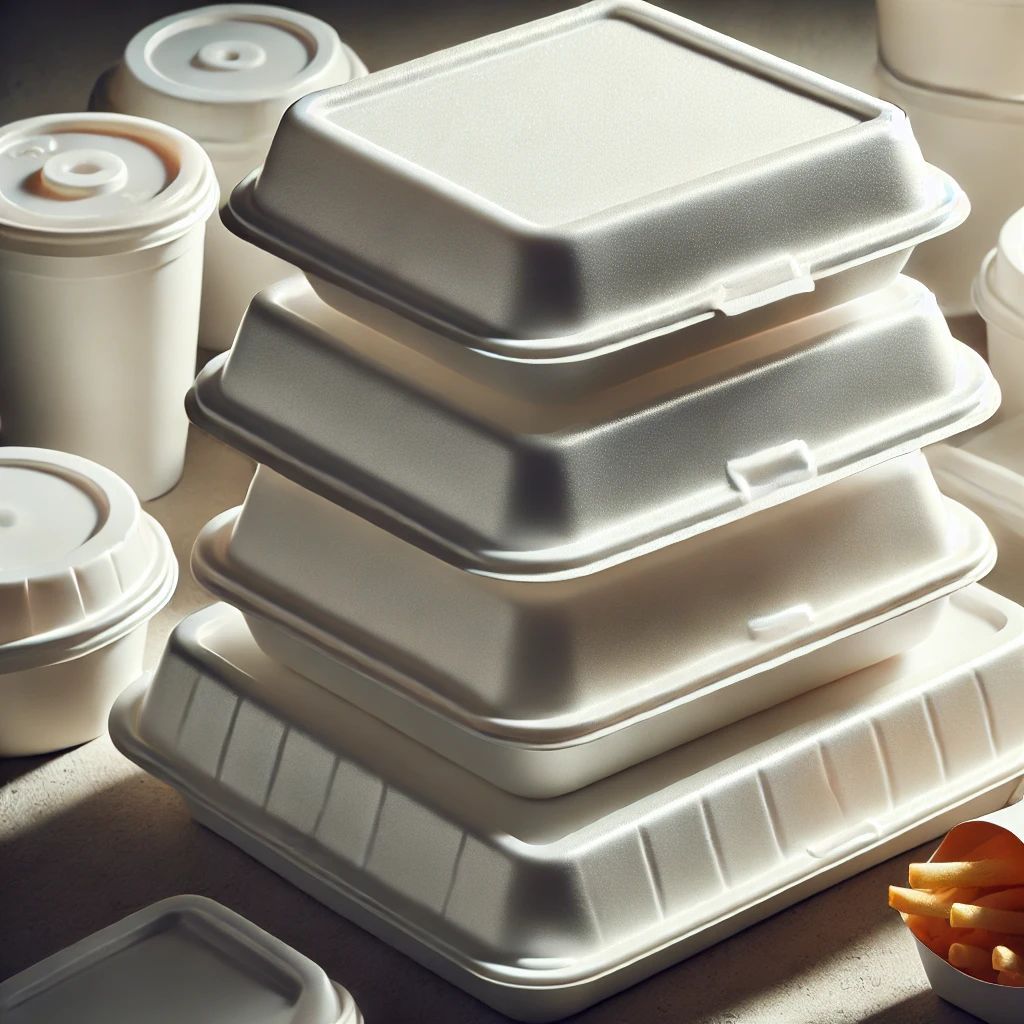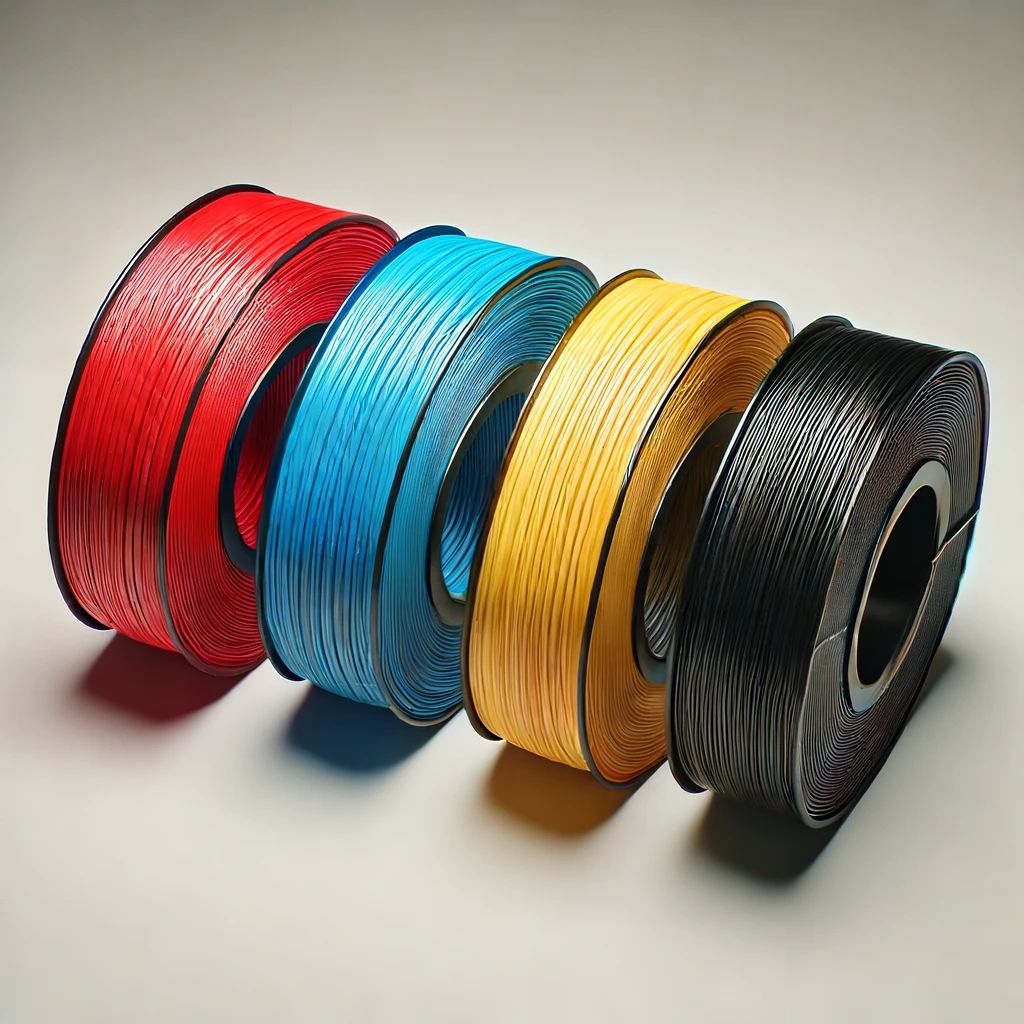Sample - Mastering 3D Printing with PETG: A Comprehensive Guide
Mastering 3D Printing with PETG: A Comprehensive Guide
Introduction to PETG in 3D Printing
PETG (Polyethylene Terephthalate Glycol) has rapidly gained popularity in the 3D printing community.
This thermoplastic polymer is renowned for its robustness and versatility, making it a favored choice for a variety of printing projects.
For those seeking to expand their 3D printing capabilities, understanding and mastering PETG is crucial.
This guide aims to be your comprehensive resource, offering detailed insights and practical advice to enhance your printing proficiency with PETG.
Understanding PETG: The Material of Choice
PETG stands out in the 3D printing world due to its remarkable properties.
It's a material that strikes an ideal balance between flexibility, strength, and ease of use, setting it apart from other common printing materials like PLA and ABS.
Its durability makes it suitable for creating items that need to withstand stress and strain, while its chemical resistance broadens its applications to include containers and parts that might be exposed to chemicals.
Key Characteristics of PETG:
- Chemical Resistance: PETG's resistance to chemicals makes it a practical choice for creating containers and parts that might come into contact with corrosive substances. This property is particularly beneficial in applications such as automotive parts, medical devices, and household goods.
- Durability and Strength: PETG's robust nature makes it ideal for manufacturing durable items. Its impact resistance ensures that the printed objects can withstand physical stresses, rendering them suitable for practical, everyday use.
- Flexibility: PETG offers a degree of flexibility that is uncommon in rigid materials like PLA. This flexibility allows for the creation of prints that can endure bending and flexing without compromising their structural integrity.
- Ease of Use: Compared to ABS, PETG is less prone to warping and does not emit harsh odors during printing, making it more user-friendly, especially for indoor environments. It's an excellent material for those who are transitioning from PLA to more challenging printing materials.
Preparing for Printing with PETG
To achieve optimal results with PETG, it's crucial to calibrate your printer settings accordingly. PETG requires specific handling to ensure the best quality prints.
Optimal Printer Settings:
- Temperature Settings: The right temperature is key to successful PETG printing. The extruder temperature should be in the range of 235°C to 250°C. For bed temperature, a setting of around 70°C to 80°C is ideal. These temperatures ensure proper layer adhesion and reduce the chances of warping.
- Print Speed: PETG prints best at moderate speeds. A speed of 40-50 mm/s is recommended. Slower speeds allow for better layer bonding and reduce the risk of printing errors.
- Layer Height: A layer height of around 0.2mm is a good baseline. This height provides a balance between print quality and speed, suitable for a wide range of PETG projects.
Bed Adhesion Tips:
- Surface Preparation: To ensure that PETG adheres well to the print bed, it's advisable to use blue painter's tape or a glue stick. These substances provide a surface that PETG can stick to more effectively.
- First Layer Calibration: The first layer is crucial for successful 3D printing. Ensuring that the first layer is perfectly calibrated and adheres well to the bed is vital. A slightly squished first layer can significantly improve adhesion and set the stage for a successful print.
Advanced Tips for Perfect PETG Prints
PETG, while versatile, comes with its own set of challenges. Here are some advanced tips to help you overcome these hurdles and achieve flawless prints.
- Fine-Tuning Retraction Settings: PETG is prone to stringing, which can mar the surface of your prints. By adjusting the retraction distance and speed, you can minimize this issue. Experimenting with these settings will help you find the sweet spot for your printer and filament combination.
- Avoiding Overheating: PETG can suffer from overheating, especially in smaller prints or intricate details. Using cooling fans judiciously can help mitigate this issue. However, too much cooling can lead to layer adhesion problems, so finding a balance is key.
- Post-Processing: While PETG can be more challenging to sand or smooth compared to other materials, with patience and the right techniques, you can achieve a high-quality finish. This can include sanding, chemical smoothing, or even painting.
Troubleshooting Common PETG Printing Issues
Even with the best preparation, issues can arise when printing with PETG. Here are some common problems and their solutions.
- Warping: To combat warping, ensure the print bed is properly heated. Maintaining a stable, draft-free printing environment is also crucial.
- Stringing: Adjust retraction settings to minimize stringing. Experimenting with different temperatures can also help.
- Poor Bed Adhesion: A clean bed is essential for good adhesion. Using adhesion promoters like glue sticks or hairspray can also be beneficial.
Conclusion: Unleashing Creativity with PETG
PETG opens up a world of possibilities in 3D printing, offering a blend of properties that can cater to both functional and aesthetic applications. By adhering to these guidelines and continually experimenting, you can harness the full potential of PETG, creating prints that are not only durable but also visually appealing.

